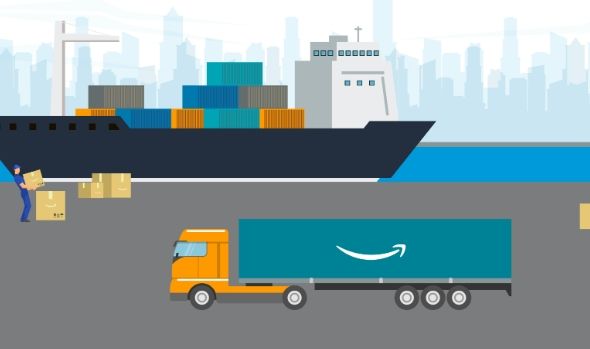What is the trade term Delivered at Terminal (DAT)?
What is the trade term Delivered at Terminal (DAT)?
In the realm of international trade, Delivered at Terminal (DAT) stands as a pivotal incoterm denoting the transfer of goods from the exporter or seller upon their unloading at the designated terminal. This versatile incoterm applies universally across various modes of transportation, ensuring seamless transactions regardless of logistical complexities. Crucially, clarity regarding the precise terminal location at the destination is paramount when employing the DAT incoterm.
Under the framework of DAT incoterm, the exporter shoulders the responsibility of delivering the goods to the specified terminal and overseeing their unloading. All expenses incurred until the point of delivery are borne by the exporter, while the importer assumes the obligations related to taxes and customs clearance upon arrival. The term 'terminal' encompasses a spectrum of facilities ranging from docks and warehouses to container yards, as well as rail, air, or road terminals. Mirroring the essence of other 'D' incoterms, the transfer of risks and liabilities for the goods transpires from the exporter to the importer upon reaching the final destination.

Exporter's Duties:
The exporter's obligations encompass a spectrum of tasks, including:
- Storing goods in a warehouse until delivery is completed.
- Bearing packaging fees.
- Arranging for the loading and transportation of products to the initial port via inland transportation.
- Managing deportation fees.
- Engaging freight forwarding services.
- Facilitating customs procedures pertinent to exports.
- Addressing the costs associated with preparing and processing the requisite shipping documentation.
Delivery-Related Responsibilities:
The exporter's responsibility extends solely to the designated terminal, be it a port or warehouse.
Insurance:
Given the exporter's accountability for freight, insurance coverage is also managed by them until the goods reach the designated port, encompassing all associated insurance expenses throughout the process.
Customs and Duties:
The exporter is mandated to adhere to export customs procedures and compile all necessary documentation accordingly.
Importer's Obligations:
Conversely, the importer assumes a distinct set of responsibilities, which include:
- Covering expenses related to import customs procedures.
- Settling port charges.
- Addressing inland transit fees.
- Managing warehouse fees.
Delivery Terms:
The importer must acknowledge the exporter's documentation verification at the destination port and take possession of the delivered goods accordingly.
Risk Transfer and Insurance:
Upon delivery, the importer assumes the risk associated with the products. Notably, any ensuing risk or damage becomes the importer's liability should the exporter not receive instructions from the importer at the designated port.
Customs and Duty Clearance:
The importer bears the responsibility for settling import customs duties and charges, given their transfer at the designated harbor. Subsequently, all associated risks and financial obligations remain incumbent upon the importer.
DAT serves as a widely adopted delivery option in international trade. In any contractual agreement, mutual discussion and consensus on terms are imperative between the involved parties to preempt any potential complications down the line.
Related articles

 WeChat of CBiBank
WeChat of CBiBank